7-days Sailing – Split – Dubrovnik R2 One way Route 2
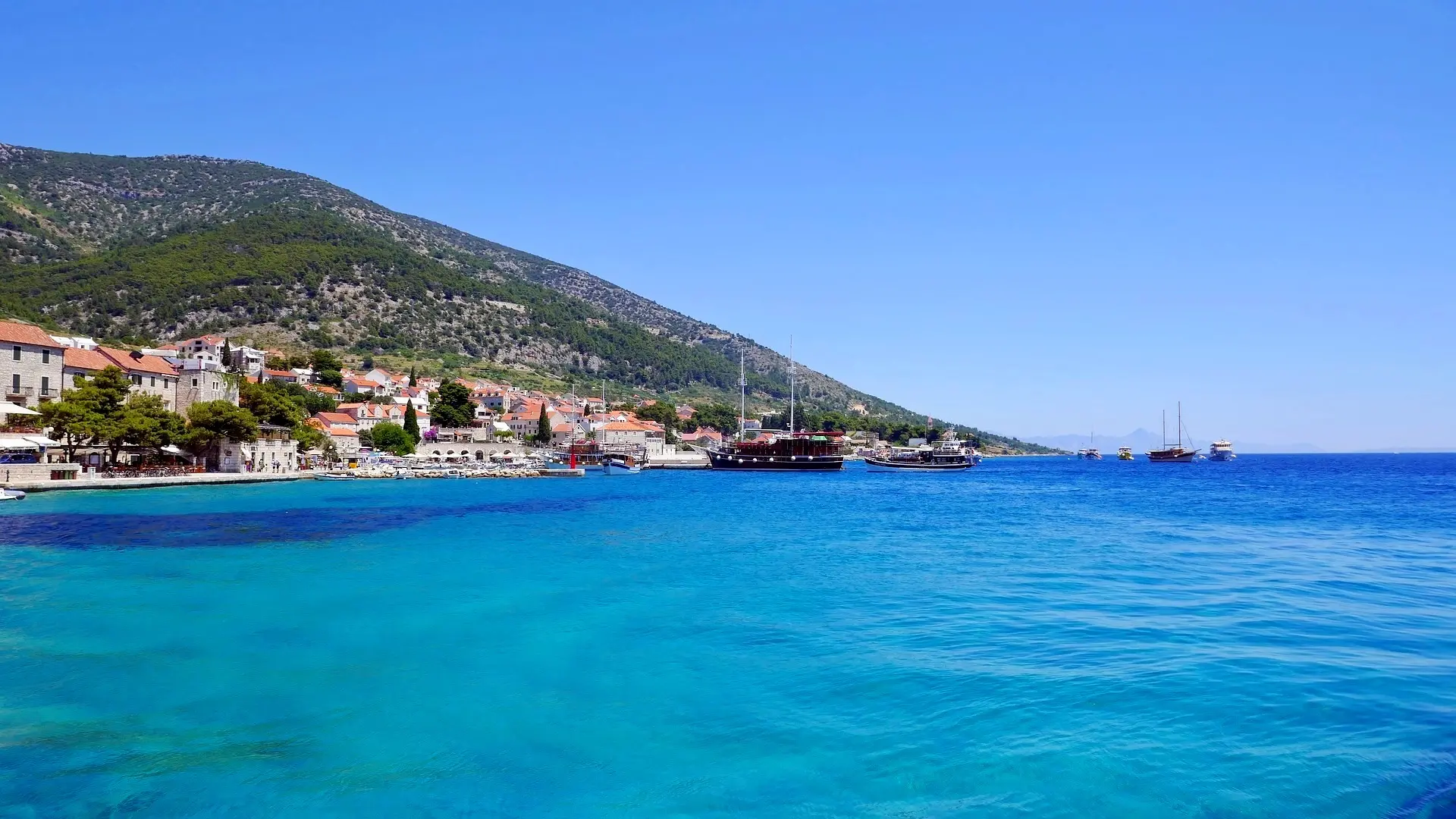
Day 1: Split - Milna (Brač)
Milna is the most protected as well the most beautiful port on the island of Brač. Protected from stronger winds and refreshed by the maestral wind of summer afternoons, it is the ideal haven for people and boats alike. Milna is situated at the bottom of a spacious cove at the western coast of Brač. Crystal blue sea, shades of centennial pine forests, sunlit facades built of Brač stone, ideal diving conditions, domestic and healthy food - all the reasons for coming to this beautiful Mediterranean town. There is a large selection of excellent fish restaurant, pizzerias and many caffe bars in Milna, situated in the immediate vicinity of the sea. ACI marina Milna is located in the southeastern part of the Milna cove, adjacent to the town.
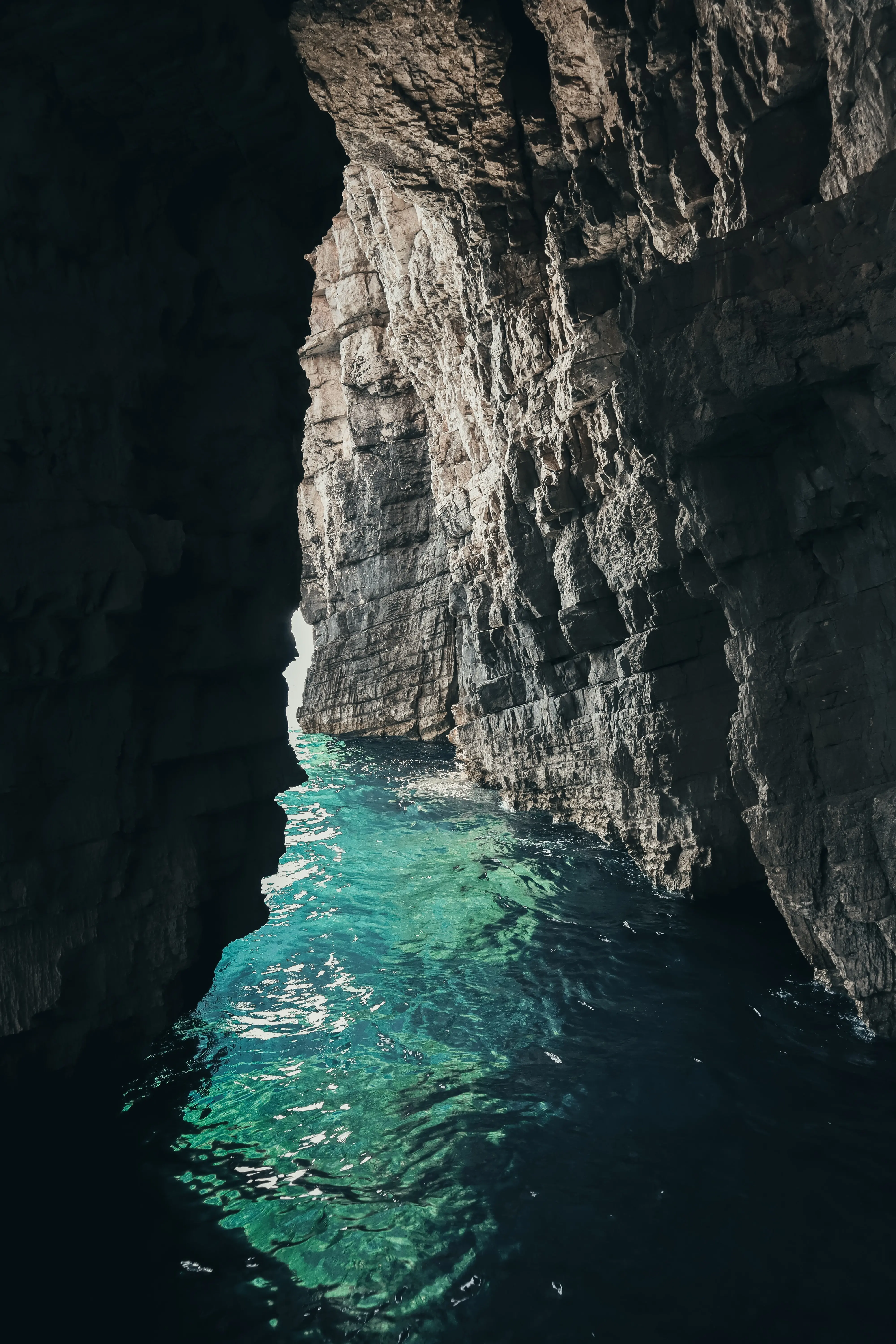
Day 2: Milna - Vis (Vis)
The island of Vis is the destination of choice for those visitors who desire the experience of the unique, today largely lost, true Mediterranean atmosphere and way of life. A unique cultural and historical heritage, crystal clear sea; beautiful, secluded beaches, and many small coves and isles will leave you breathless. The entire history of Vis is linked to fishing, wine growing and wine production. The most renowned authentic white wine is the famous Vugava of Vis, which you can taste in many restaurants and wine cellars here. The town of Vis is situated on the north side of the island, along the beautiful cove of St. Juraj, which appears closed in a ring-like form by the isle of Host. Numerous luxurious restaurants and traditional taverns in the very center of town, will attract you with domestic specialties and a pleasant atmosphere. The port of Vis has low protection against stronger winds.
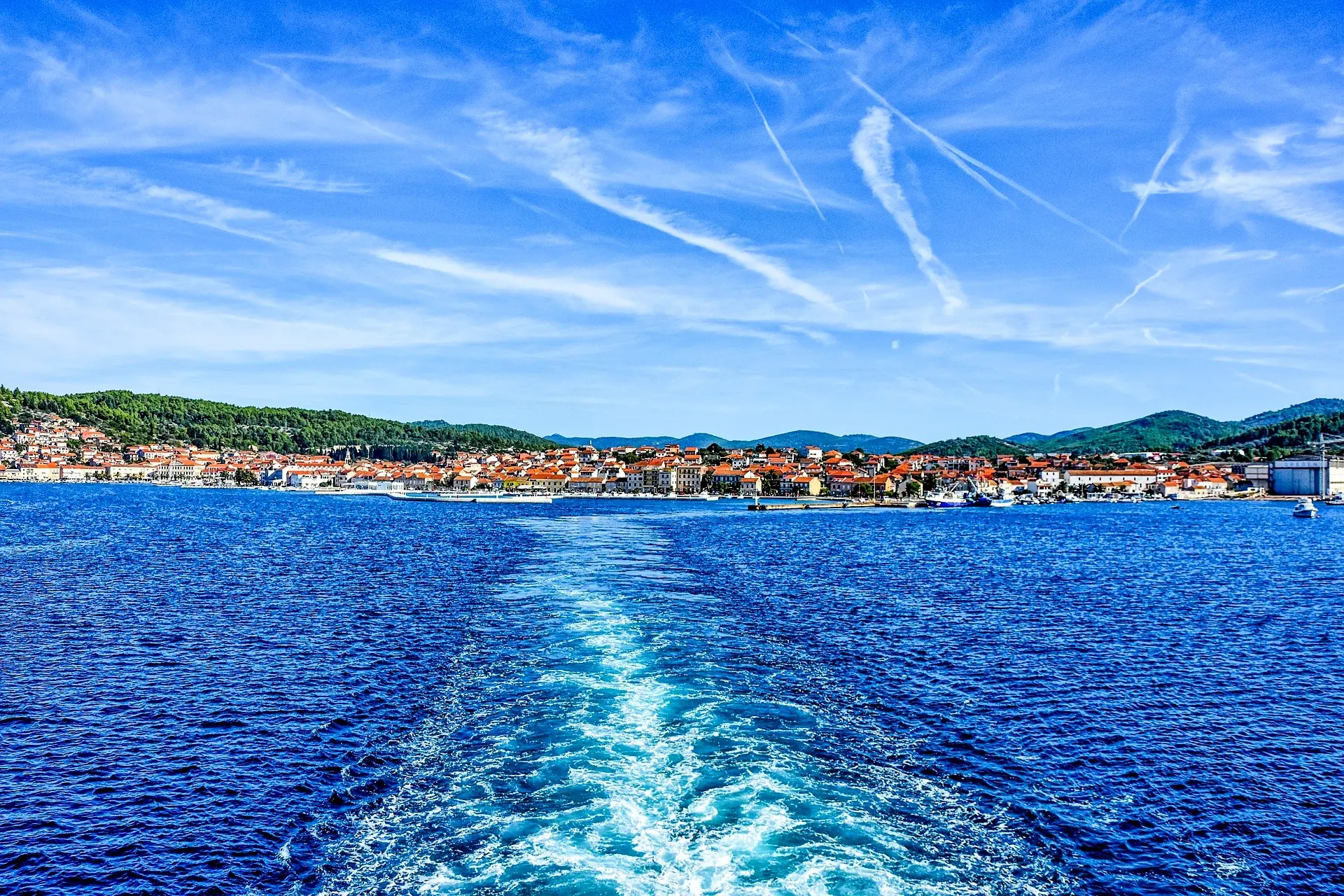
Day 3: Vis - Vela Luka (Korčula)
The area of Vela Luka on the island of Korčula bears archaeological evidence of habitation as early as the Old Stone Age - 20,000 B.C. To the present day, the Illyrians, Romans and Slavic peoples have all left their marks on this soil; with the Vela Luka of today blossoming since the 18th century to the present day. The town of Vela Luka is located at the end of a bay 9,2km long, offering excellent shelter from the elements. Trips are organized many times a day from here, to the many surrounding islands, including the well-known Proizd and Ošjak
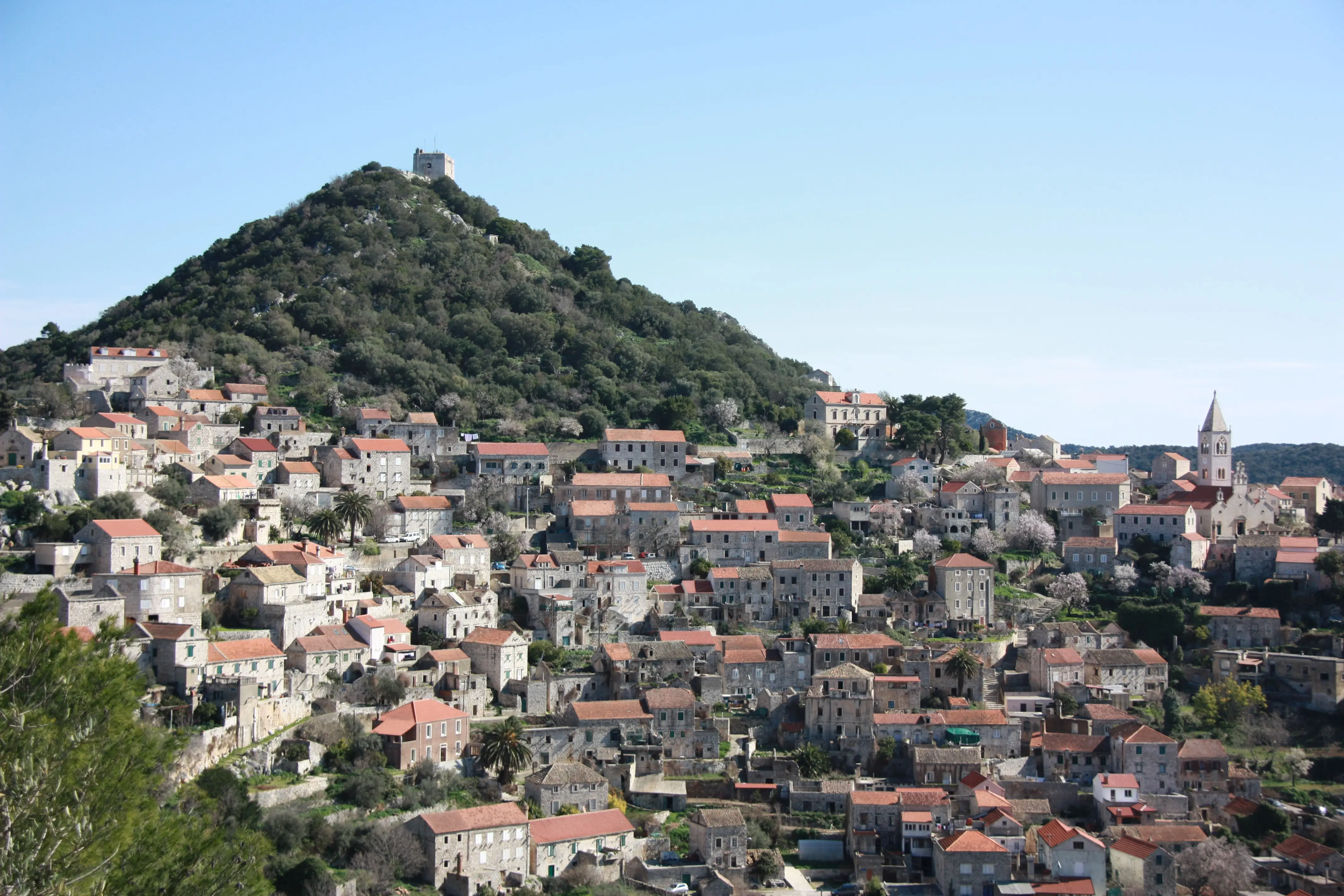
Day 4: Vela Luka - Lastovo (Lastovo)
The island of Lastovo is the biggest island in the Lastovo archipelago, containing 46 isles and reefs. It has a history of habitation dating back to the ancient Illyrians, through the Roman times to the present day. Its population is around 800 by the last census, which doesn't fluctuate as much during the season, like some other islands in the Adriatic. The main appeal of Lastovo as a destination is, as its remote location in the south Adriatic suggests, its pristine nature, together with preserved authentic Mediterranean architecture - and above all, peace and quiet. This natural peace that permeates Lastovo does not, however, preclude the island from offering many options for an active vacation; including cycling and hiking tracks through its hillside, as well as diving trips and excursions to the many surrounding isles.
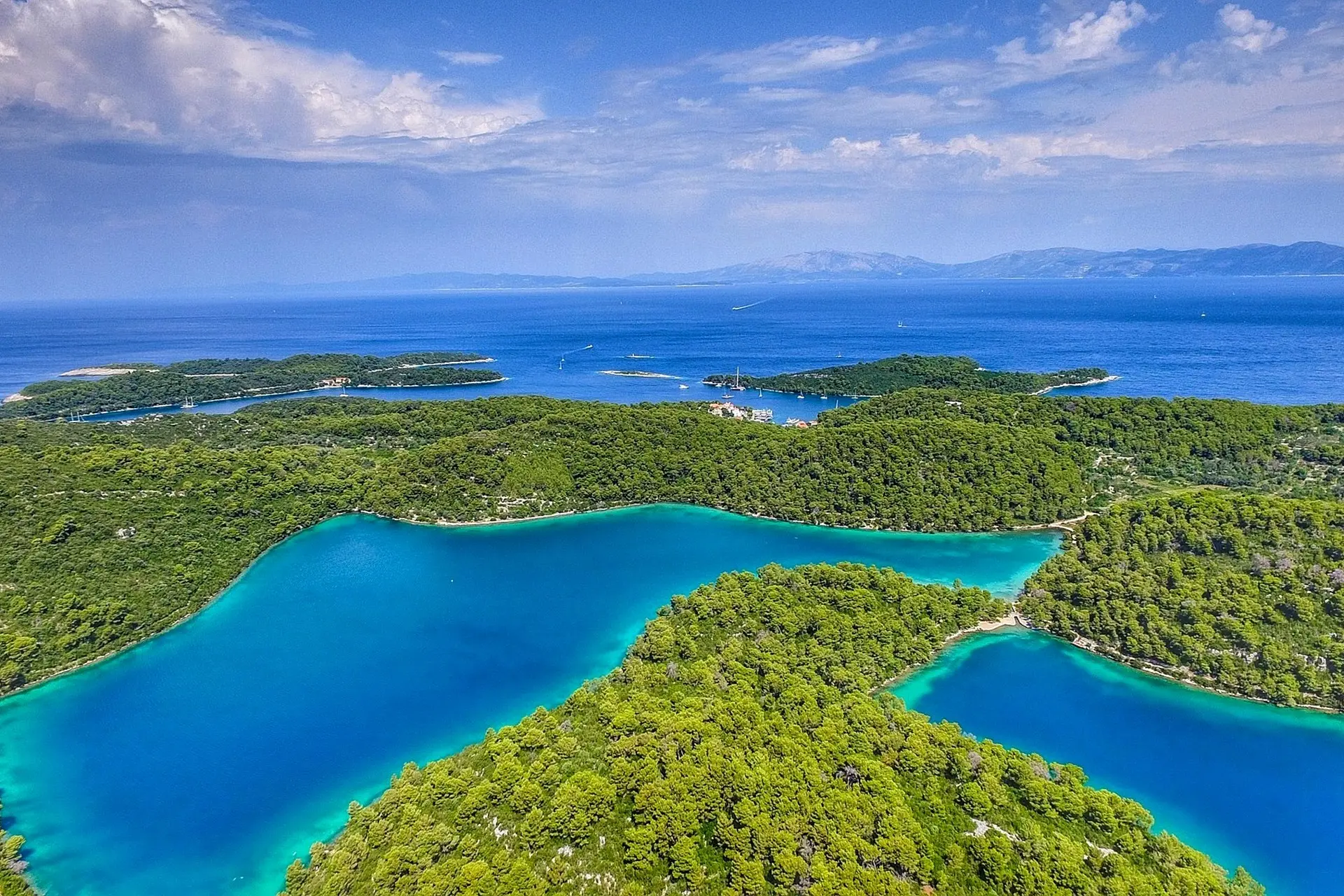
Day 5: Lastovo - Pomena (Mljet)
Pomena is a small port village settled in the heart of the National park of Mljet. Being very close to Dubrovnik, and connected to it by regular boat line, Pomena is a unique tourist destination in its being a part of pristine natural and historic environment; while at the same time retaining the advantages of the proximity to a large city center such as Dubrovnik. Various accommodation and recreation possibilities are offered in Pomena, and the island of Mljet itself being a National park, it is not to be overlooked when travelling through the Adriatic.
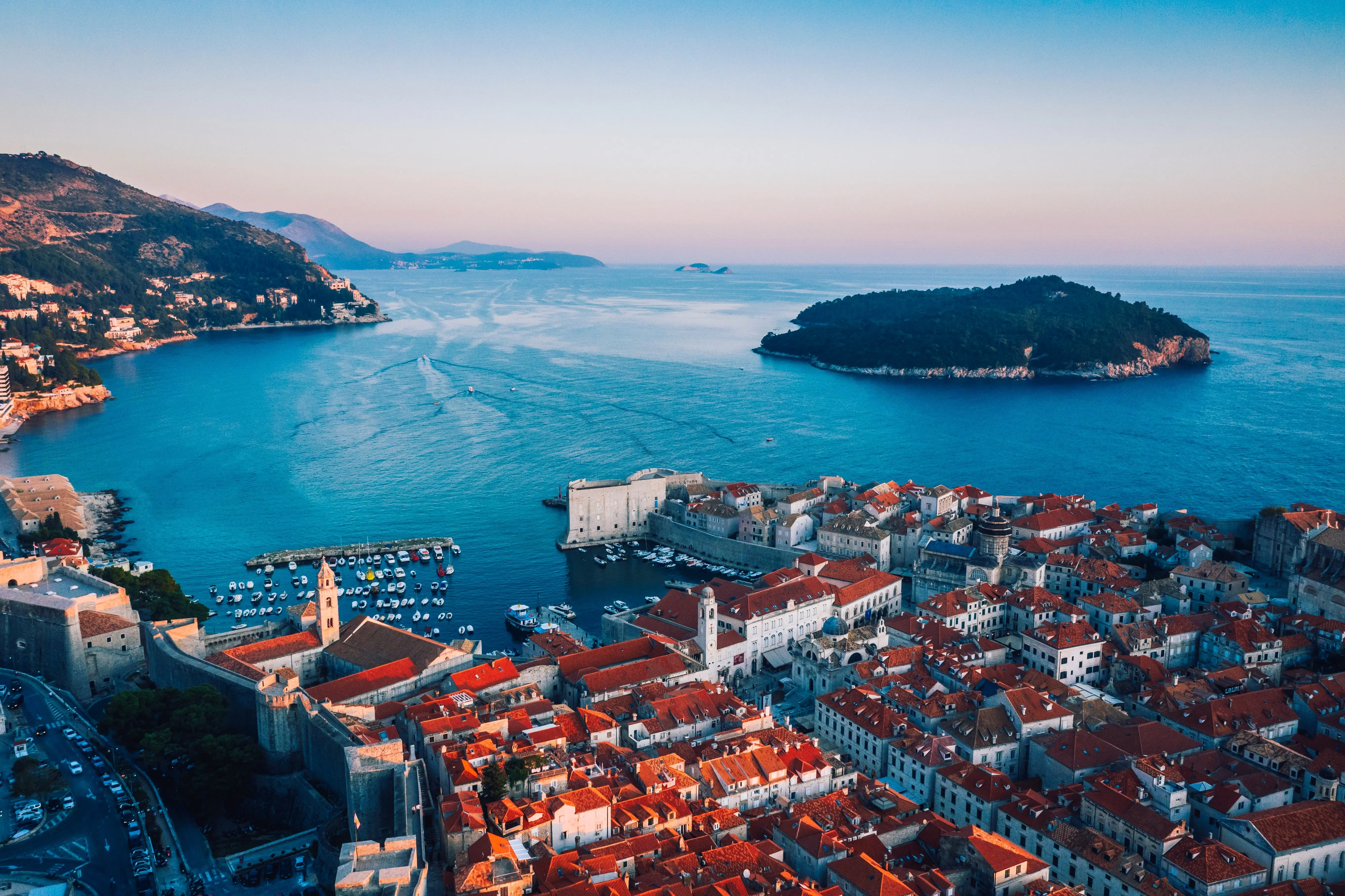
Day 6: Pomena - Šipan
Šipan is the largest island of the Elaphite island group, off the coast of Dubrovnik. On its modest surface of 15km2, there are 42 villas and 34 churches; largely abandoned in the present day, though some are being restored. The pristine nature and abundant, authentic Mediterranean vegetation were recognized here since ancient times. Once housing over 7000 people, Šipan's only two villages Šipanska Luka and Suđurađ are home to around 450, mostly elderly citizens today. The crises of the 20th century led to Šipan's decline, but in recent times many investments promise a turn for the better. It is nevertheless a site of beautiful scenery, marine and land flora and fauna, and as such is a part of every excursion and travel plan through the southern Adriatic.

Day 7: Šipan - Dubrovnik
The city of Dubrovnik, once the center of the Dubrovnik Republic which, for a time, competed on equal ground with Venice in the north, is today one of the most important tourist and historic centers on the Adriatic, as well as the Mediterranean. By far the best way to experience the vast cultural and historical heritage of Dubrovnik, is to traverse its streets on foot. A stroll over the famous Stradun, and the 25m high, 2km long City walls, will take you past numerous palaces, churches, and various places whose lesser significance all adds up to the vast glory of Dubrovnik. Its name is somewhat of a synonym for Croatia in the far corners of the world, and the more you learn of Dubrovnik, the less surprised you will be to know that its population increases tenfold during the peak of the tourist season.

